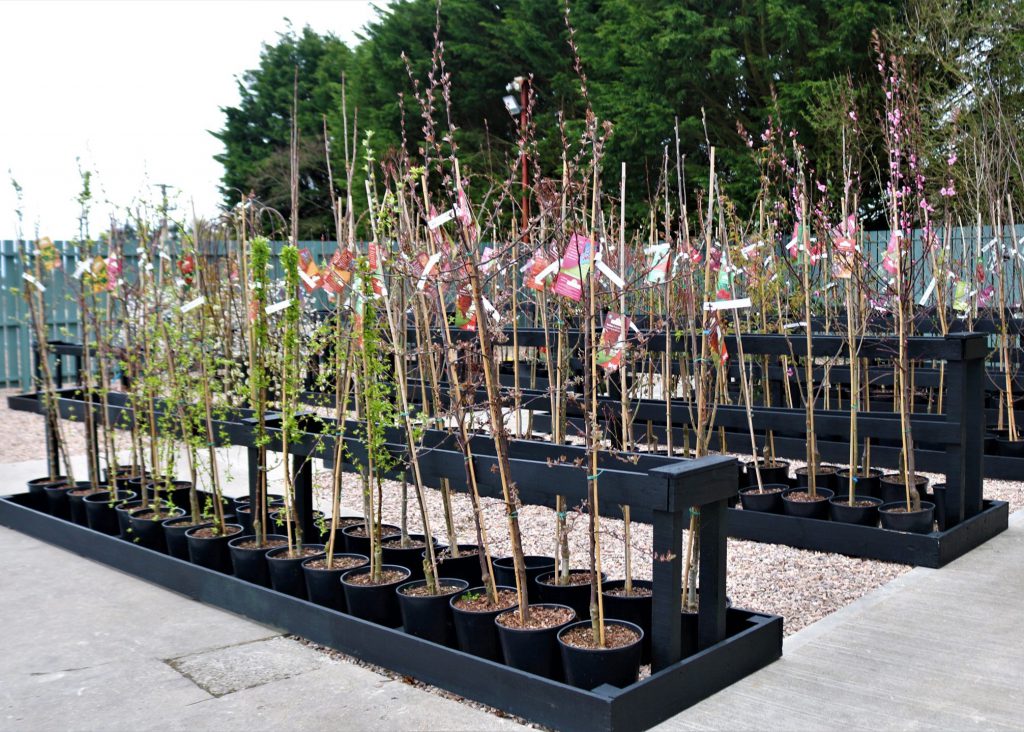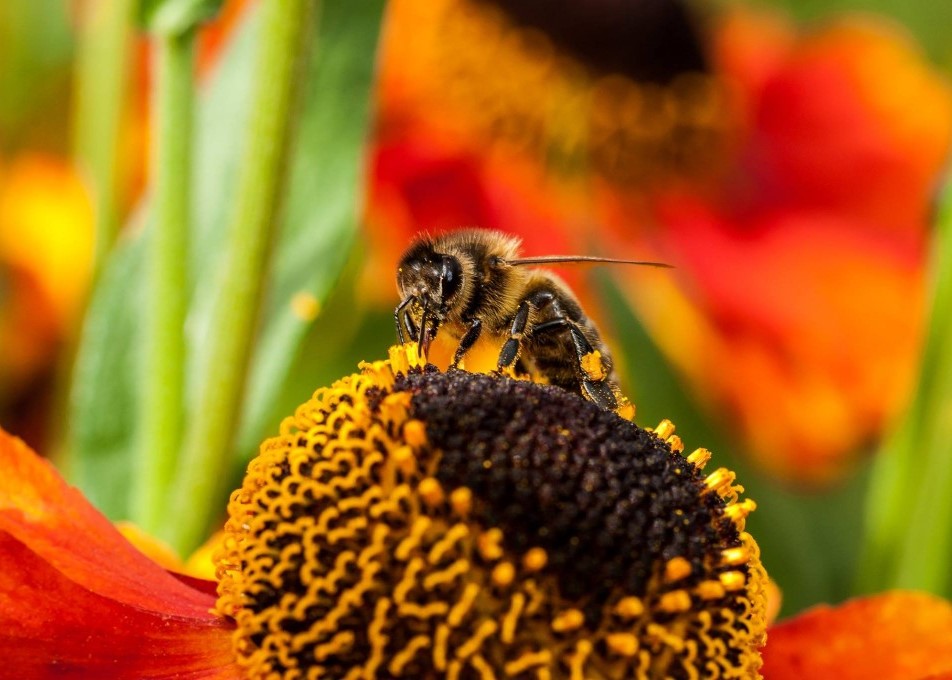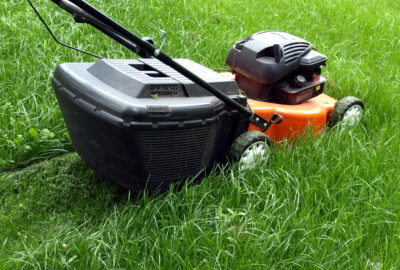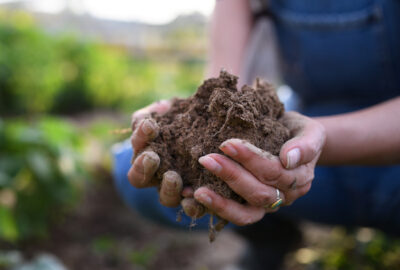How To
Plant Trees
Early autumn is a great time to be planting fruit trees and bushes in your garden. The ground is moist but still warm which means that the roots will grow quickly to establish the plants in the ground. Planting now also means that there is more chance of getting a better crop of fruit in the first season. This is because there is less stress placed on the plants compared to when they are trying to put on more growth in the spring.
Growing fruit is a great project for all ages and abilities and can be very rewarding. Even if you only have a small garden or even just a patio great results can even be achieved. Here’s our top tips for growing trees:
How to plant a tree in 5 simple steps
- Dig a hole 1.5x width and height of your pot
- Dust the roots of your tree and the base layer of compost with a tree & shrub feed – we recommend the Vitax Tree & Shrub Plant Feed with Mycorrhizal Fungi to help roots quickly establish
- Backfill the hole once the tree is in place with a 50/50 compost and soil mix – we recommend Miracle Gro Rose, Tree & Shrub Compost
- Secure your tree with a tree stake at a 45 degree angle into the direction of prevailing wind & tie
- Give your tree a healthy watering, keep in mind the weather forecast so to not water log your tree
Trees
Many people love the thought of growing their own fruit trees but are often confused or put off by many of the technical terms used to describe them or grow them. Many of our trees have a comprehensive description attached, or our team are happy to explain the difference for each one.


Pollinators
Many fruit trees need a partner plant. This is in order for them to cross-pollinate and produce fruit. Often on labels trees will be described as early, mid or late or sometimes group 1-5 or even group A-E. This all relates to the time of year that the plant will produce flowers and fruit. In order to cross pollinate the two trees must flower at the same time and be in close proximity. If space is limited then most varieties of fruit trees have self-fertile varieties available that don’t need a pollinator.
Root Stock
This can be very confusing because of all the different terms used. What makes it even worse is each variety of tree uses a different code. The root stock effects the overall size of how big the tree will grow to, so to simplify ask for either dwarf, medium, or vigorous (there are also many others in between). The type of root stock will have no effect on the appearance, size or taste of the fruit.


Pruning
This can be very daunting for most of us and it may be reassuring to hear that most pruning of fruit trees is unnecessary and we do it because we feel we have to. The best advice is to purchase a strong healthy tree that has been pruned well. This will mean the tree has a strong trunk and a bushy habit. In the first full year of growing the tree may produce a lot of growth. This should be reduced by two thirds in the spring in order to prevent the tree losing its shape. From here only prune to remove dead or diseased wood, any crossing or rubbing branches or any growth that makes the tree look miss shaped.
Fruit Bushes
Fruit bushes are generally much easier to grow. Most are self-fertile but if you have two or more you will always be guaranteed a much better taste and a better yield. For best results plant in a good well drained soil and provide plenty of light, as this helps ripen the fruit. Also try to avoid growing them against walls and fences as this can cause bad air circulation around the plants leading to disease problems. A great idea is to set up a wall of fruit bushes, this not only adds interest to your garden but can be used to divide up your garden and add height to borders.
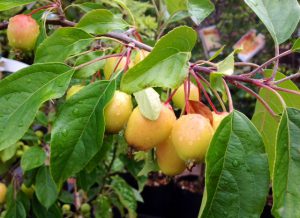

Growing In Containers
If growing in containers, dwarf varieties are always recommend. Firstly, select a large container, the bigger the better. Because the trees will become large and top heavy, a ceramic planter that is broad at the base, will prevent the tree from falling in the wind. For best results use a loam based compost such as John Inness No.3 and add some slow release fertilizer.
Ensure that there is plenty of drainage to prevent the container from becoming waterlogged in the winter. On the other hand consider being able to place the container into a dish or saucer in the summer to aid watering, especial when the tree is in flower.
As the tree matures ensure that you apply a liquid feed at regular intervals to ensure good yields of fruit. Also once or twice a year top-dress the containers with fresh compost.
Comments are closed

